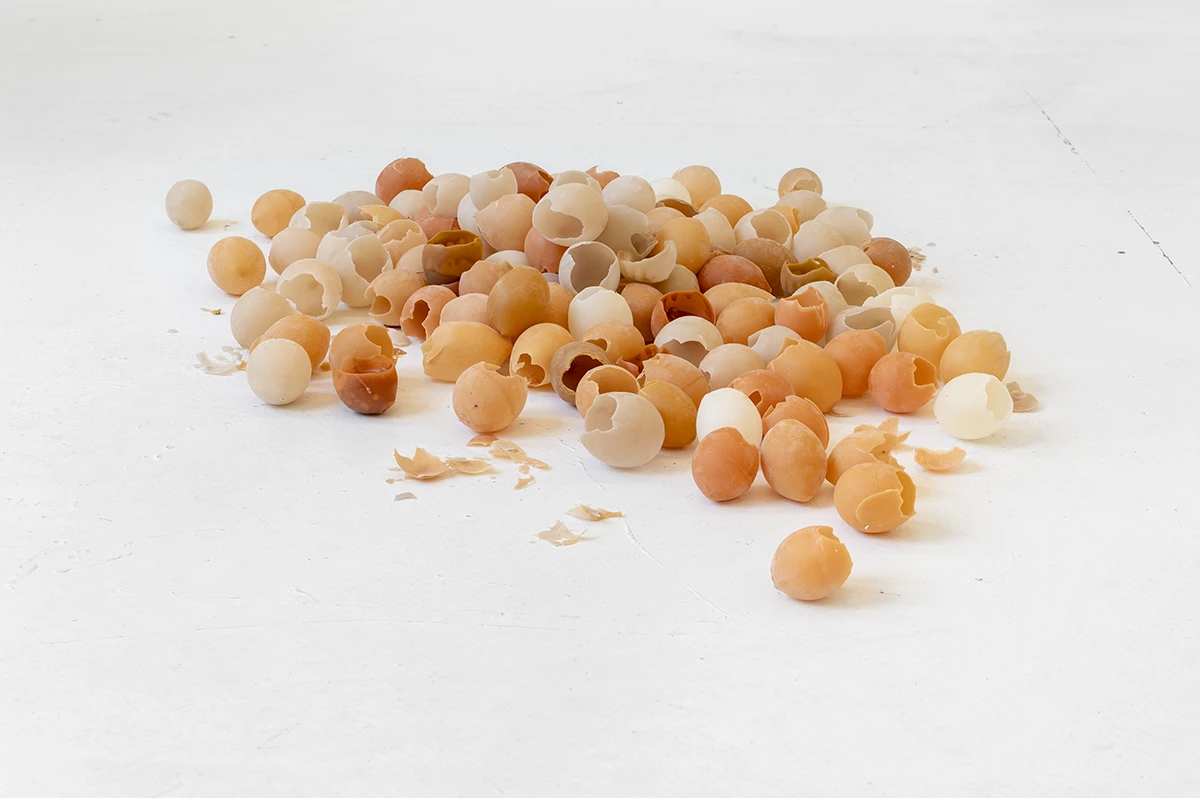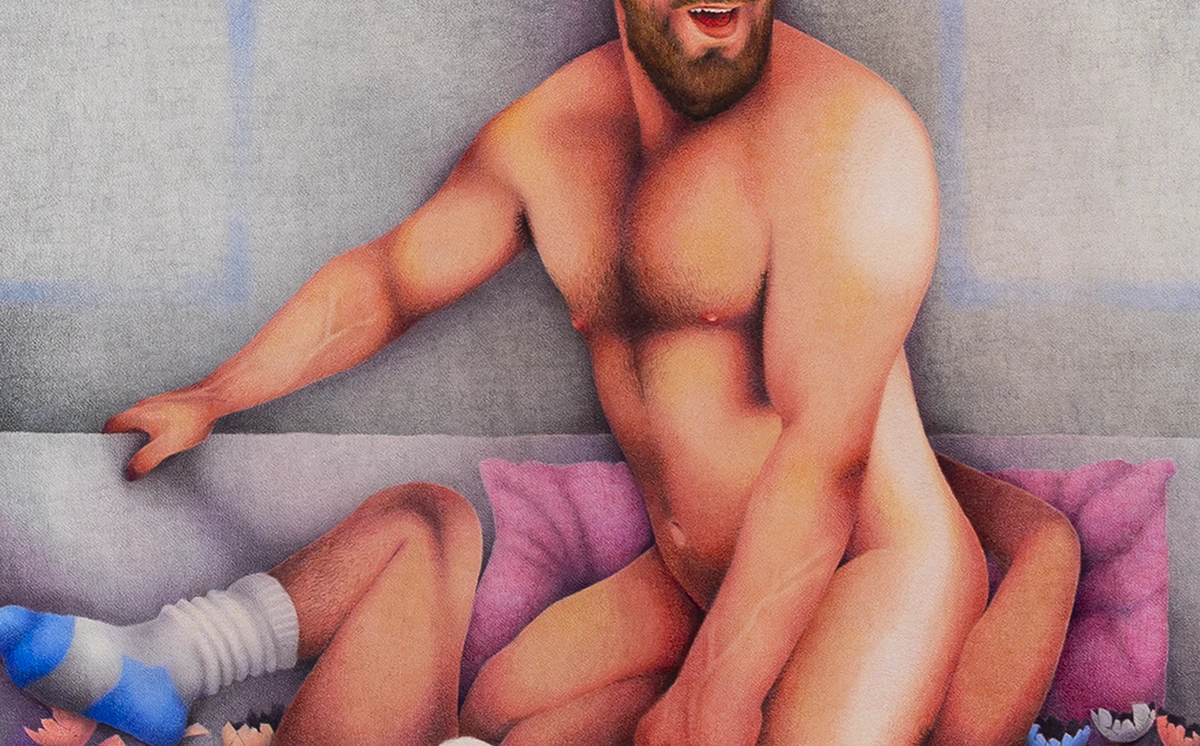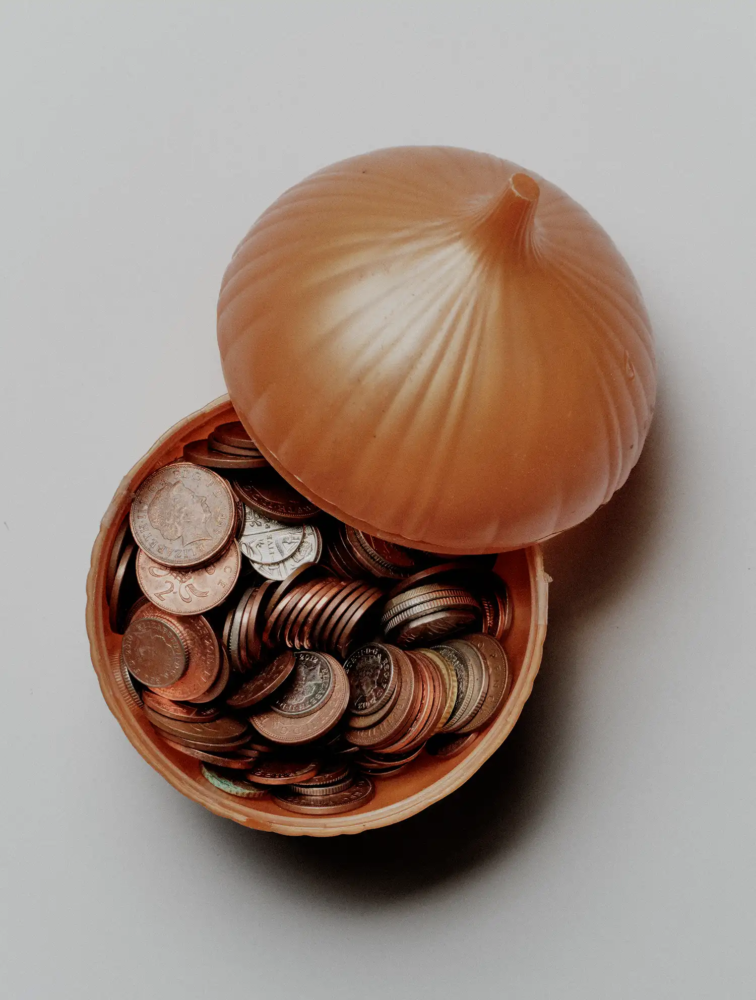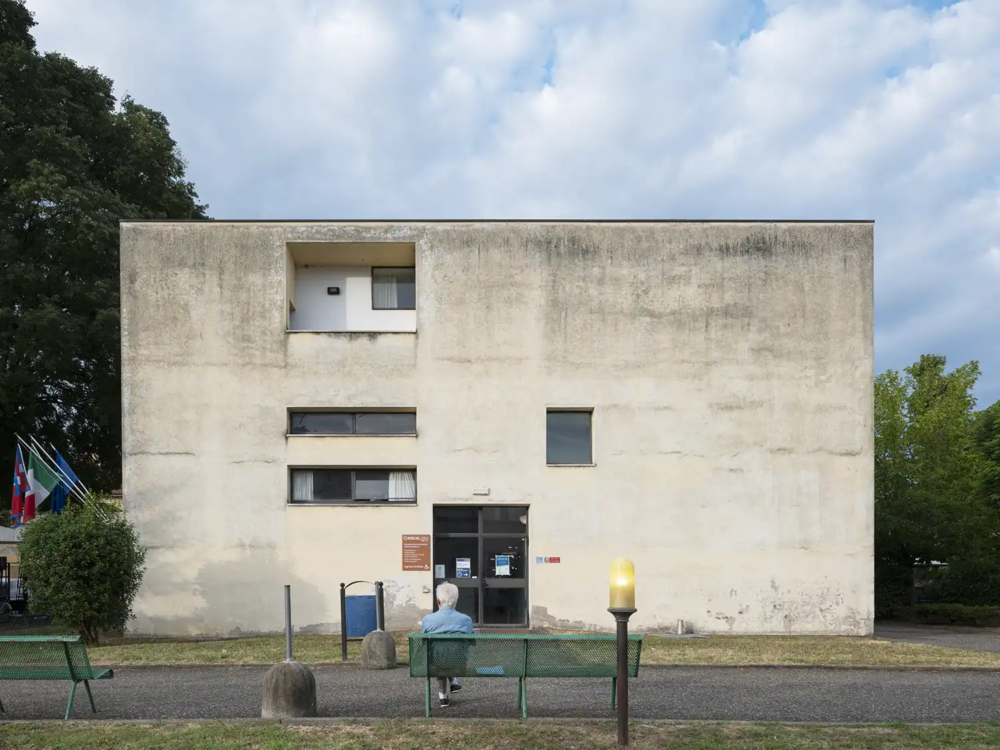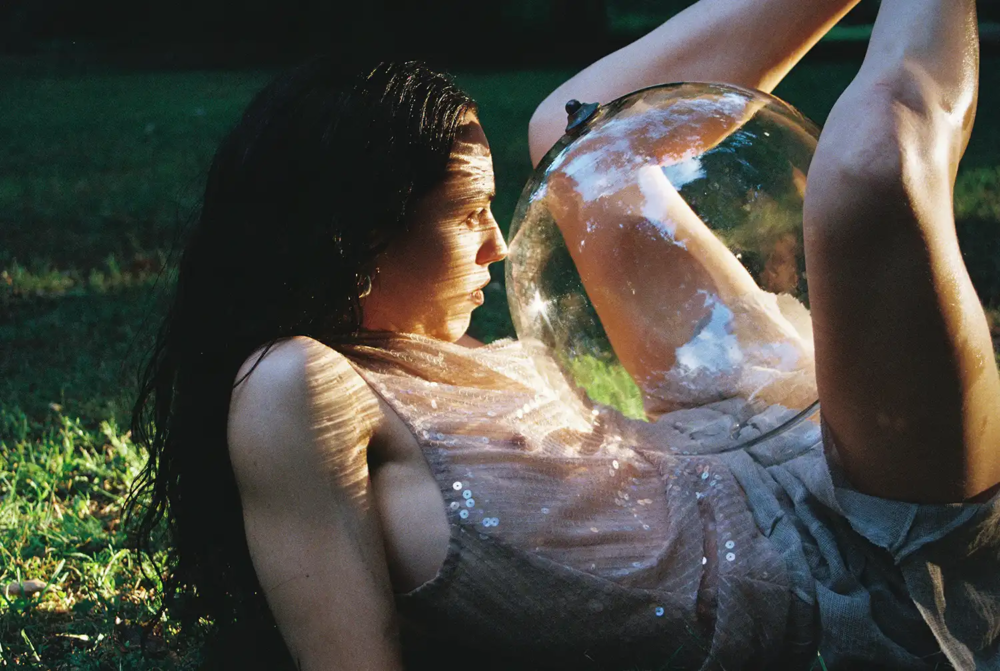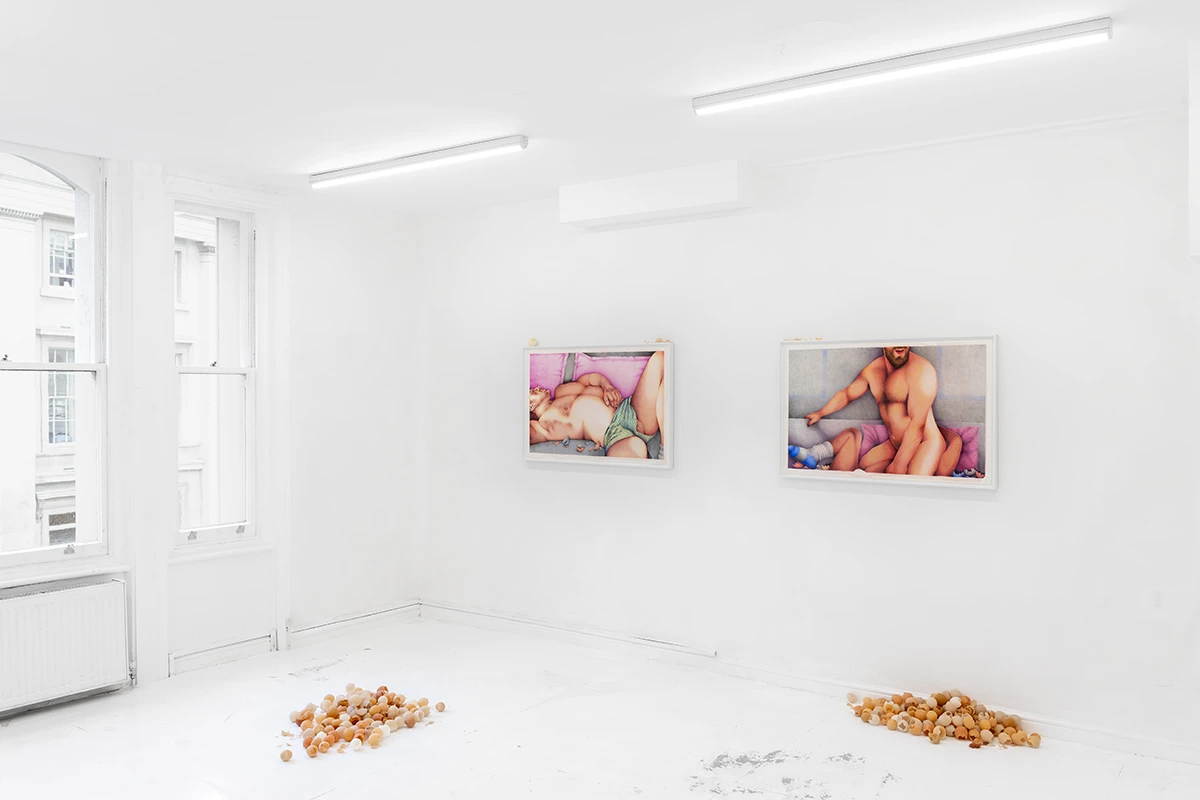
Pol Anglada on Tom of Finland, Anonymous Johns, and Queer Eroticism
From Tumblr awakenings to Tom of Finland’s ghosts, Pol Anglada’s drawings spit in the face of sanitized queerness and dare to stay raw—hair, sweat, rough bodies and fragile intimacies sketched in pencil
Pol Anglada illustrates queer intimacy through erotic pencil drawings and desire
Feet intertwined on the edge of a bed, a glimpse beneath a pair of loose-fitting boxers, and an exercise in what the accompanying caption describes as «eating ass». Through pencil illustrations of queer desire, Spanish artist Pol Anglada reflects on the value of intimacy in a culture often shaped by shame and marginalization.
Based in Paris, Anglada positions his work among a lineage of radical illustrators like Tom of Finland and Harry Bush. Building on a visual language grounded in the contrast between hypermasculine subjects and undercurrents of vulnerability, he expresses the universality of romantic experiences across sexual divides.
For his show, Hole (2022) at CULTUREEDIT in Los Angeles, he drew attention with pictures of the world through the lens of a gloryhole—oral sex, kinks, threesomes. Featuring leather-clad, nipple-pierced men engaged in erotic play, it earned him a residency with the Tom of Finland Foundation in the United States.
Fashion collaborations with Dior, LOEWE, JW Anderson and more expand Anglada’s visual universe
Beyond his exhibitions, Anglada’s projects include collaborations with major fashion houses like Moncler, Ami, and JW Anderson. The latter saw Anglada’s illustrated rugby players emblazoned on short shorts and polo shirts, and a takeover of the brand’s Soho flagship with original sketches and reworked mannequins.
But Anglada is a designer in his own right—his CV spans time at Balenciaga, Balmain, and a stint serving as the head of women’s ready-to-wear at LOEWE. With his recent move to Dior as a Senior Haute Couture Designer, his artistic practice runs parallel to this distinct—though equally prominent—career in fashion.
Walking on Eggshells in London: fragility, sex and queer vulnerability in Pol Anglada’s latest show
Now, Anglada is deepening his ongoing study of vulnerability and intimacy with a new solo exhibition at C.G. Williams in London. The idiom behind its title, Walking on Eggshells, becomes literal with a variety of fractured eggshells speckled across new illustrations—a reflection of the fragility and insecurity underpinning notions of sex and self-perception. Created in collaboration with Ingrid Bonn of Siris Candles, a multitude of burning, egg-shaped candles are also scattered across the gallery’s two floors.
After meeting at the exhibition’s opening in July, I spoke with Anglada about the value of erotic artmaking among a lineage of «Anonymous Johns» and radical queer illustrators. In our interview, we discuss his first experiences engaging with pornography on Tumblr and in his father’s comic books, his thoughts on keeping fashion and art separate, and the meaning behind Walking on Eggshells.
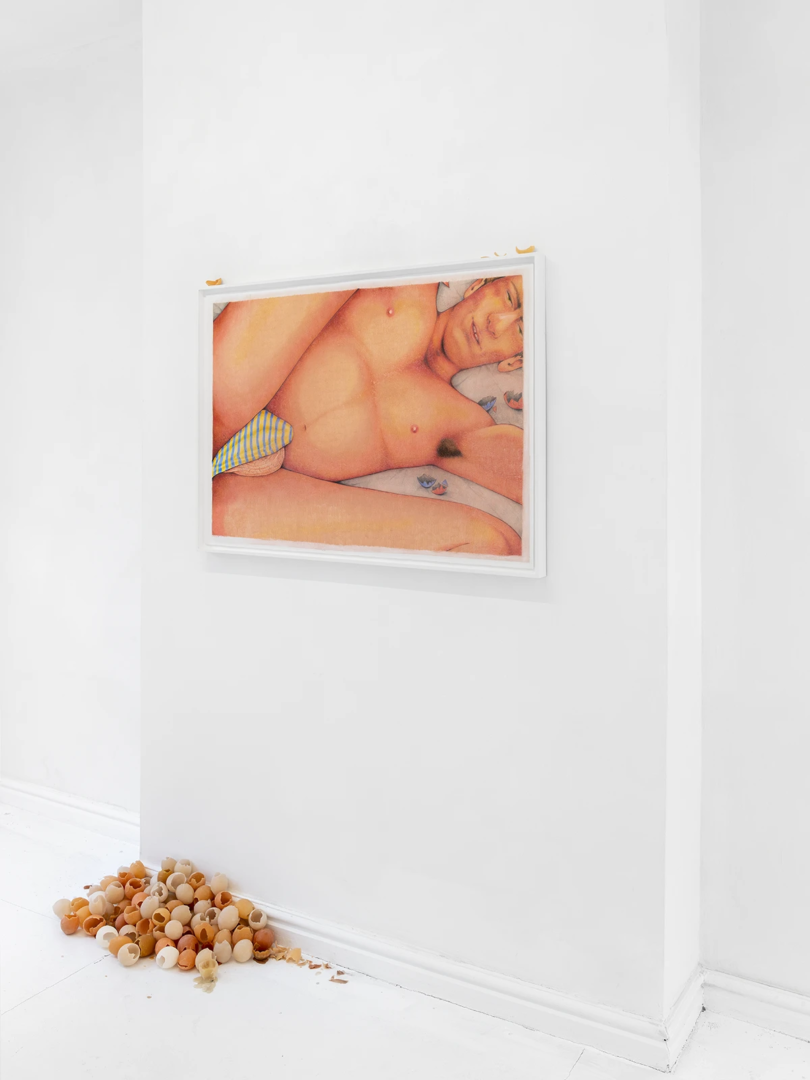
Back in Paris: Pol Anglada on everyday life, bicycles, and intimacy in queer illustration
Joshua Beutum (J.B.). We spoke last week at the launch of your exhibition in London. Are you still here?
Pol Anglada (P.A.). I’m back in Paris. I come to London occasionally because my boyfriend lives there, but we spend more time in Paris. And Paris is small, which is convenient—you can get anywhere with a twenty-minute bike ride.
J.B. Do you ride a bike?
P.A. Yeah, it’s the most beautiful way to get around.
Exploring roughness, vulnerability, and the meaning of drawing with pencils
J.B. How do you define roughness?
P.A. Roughness is one of those concepts that makes sense when it’s tied to its opposite. I’m interested in the dichotomy between roughness and vulnerability. In a gay context, roughness is also associated with bears or other subcultures that embody the attributes society labels as masculine. I’m interested in the contrast between their big, hairy bodies and softer elements like peach fuzz or lingerie.
J.B. The softness of a pencil also contrasts with your subjects. Can you touch on your choice of materials?
P.A. Pencils were the first medium I doodled with as a child. I like the immediacy of pencil on paper, but also their watercolor-like quality, where you can build sheer layers of color on top of each other. Plus, there’s something simple and accessible about a pencil—like a bicycle. If I had to choose my favorite two objects in the world, I’d say a bicycle and a pencil.
Anonymous Johns, underground zines, and the radical lineage of queer erotic art
J.B. What’s the value of queer erotic art?
P.A. There are underground artists who perish before they’re known—a whole culture of unknown people, forming an anonymous tower of artists. I’m interested in the Anonymous Johns who created images that eventually crossed into the minds of others and made them dream of desire. I’m also drawn to a punk sensibility, especially in those underground communities. And they always feel relevant. Look at Cruising (1980) with Al Pacino. I’ve not seen a film in the last twenty years that feels as transgressive or accurate.
J.B. Do you remember when you first encountered these kinds of media?
P.A. I was a kid in the nineties, and I had my sexual awakening on Tumblr. Tumblr was a Garden of Eden filled with unspoken debauchery—the internet has never felt that free again. … Queer art is best when printed. It’s more radical when it’s printed on Xerox.
J.B. Is it still radical today?
P.A. I keep asking myself that. … Now it’s radical to portray ourselves as more human: we all dream of desire, we all face heartbreak, we all climax.
J.B. You’ve garnered a few comparisons to Tom of Finland. How do you see his work in relation to yours?
P.A. He created a visual language that views the male body as iconography. By exaggerating masculine attributes to the point that they become cliches, his caricatures reveal truths about the social construction of gender and sexuality. I’m not necessarily using these same concepts, but they do highlight a subversive line of language in illustration.
Walking on Eggshells in London: fragility, private intimacy, and voyeurism in Pol Anglada’s art
J.B. Why use eggshells as a motif?
P.A. We all travel through the world walking on eggshells—in situations we must navigate carefully. We’re always avoiding insecurity, even in intimate moments. In the gallery, you must move carefully around them and try not to crush them. They represent the power of fragility—of vulnerability or the sensation of being broken. It’s about looking at those states from a more romantic perspective.
J.B. Some of your previous works depict more public moments of intimacy—Hole, for example, depicts scenes through a gloryhole. Walking on Eggshells turns towards bedrooms. Why this shift from public to private spaces?
P.A. It was a different exercise drawing scenes from a tiny hole instead of bigger pieces that focus on whatever’s happening in the room, but both are about trying to find an environment to reflect on the world and the self through moments of intimacy.
J.B. Do you have an idea who the observer in Walking on Eggshells is? Are they a lover or a voyeur?
P.A. The drawings are unfinished tales of provocation. I like that the viewer can finish the scene in their head, they can find elements I haven’t even considered. That person could be anybody—both a spectator and a voyeur. You’re just looking at a frame. Anything can be happening in the corners I don’t reach.
Balancing two worlds: Pol Anglada on keeping fashion and queer illustration apart
J.B. How do you balance a career in fashion and art?
P.A. I feel like Hannah Montana. I have a day job—luckily, it’s creative. Both art and fashion come from my upbringing. My grandmother was a seamstress, and my dad collected comics. Drawing was how I entertained myself, but I decided to pursue fashion as a professional outlet. I was drawn to its three-dimensionality and its delicacy. But I try to keep those worlds separate.
J.B. You don’t view them as part of a larger, holistic practice?
P.A. They’re separate, and I like that. As a designer, I enjoy being part of a team where I’m as important and anonymous as everyone else. And then drawing is more for myself—being vulnerable and then torturing myself by putting it on show.
J.B. Is fashion ever as intimate or erotic as drawing?
P.A. It can be. Fashion is essentially a set of external details that help us create or shift identities. In my drawings, clothing can reveal contrasts—like a roughed-up man in woman’s lingerie. But when dressing other people, it’s about trying to make them feel a certain way. Even a pair of sweatpants and a T-shirt can make someone feel sexy. The biggest part is the attitude and the person wearing it.
Looking ahead: Andrew Verster, new collaborations, and patience learned from Walking on Eggshells
J.B. What are you currently discovering?
P.A. My friend and gallerist Caspar Georgio Williams showed me Andrew Verster. He was a South African artist drawing homoerotic illustrations during Apartheid—he highlights the resilience of people striving for beauty no matter their circumstances. That spirit still feels urgent today. So, I’m discovering artists whose commentaries make us—the spectators—reflect on the state of the planet and our society.
J.B. And finally, what’s next?
P.A. A lot. I want to take part in the Paris Art Book Fair, collaborate with musicians on illustrated pieces, team up with fashion brands and friends. But there’s also a part of me that wants to go… not slower, but maybe narrower. Walking on Eggshells forced me to slow down because of how tedious drawing on a big surface with a pencil is. It taught me patience in my own practice. I should embrace that.
Pol Anglada
Born in Spain, Pol Anglada is known for his homoerotic illustrations that explore queer desire, intimacy, and vulnerability. Alongside a residency with the Tom of Finland Foundation and an exhibition at CULTUREEDIT in Los Angeles, he has collaborated on projects with luxury brands like JW Anderson. His show, Walking on Eggshells, is open until 3 September 2025 at C.G. Williams in London.
Joshua Beutum
